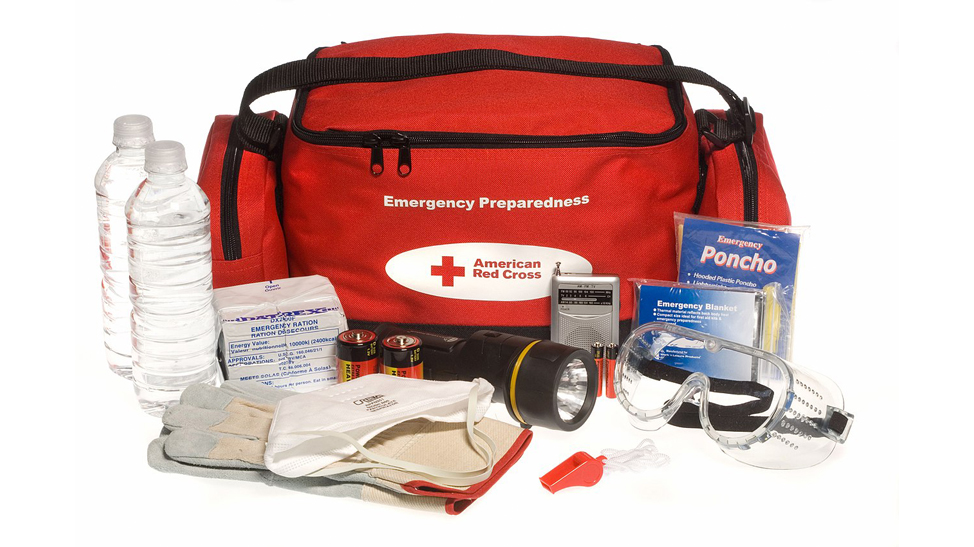Everything to buy if forecasts call for a hurricane in your area
Add these supplies to your emergency kit.
By Brooke Bauman | Friday, June 5, 2020

In the 40th-anniversary board game edition of Family Feud, a popular American TV game show, the host asks players to “name something every household should have on hand in case of emergency.” Correct answers include a fire extinguisher, phone, flashlight, first aid kit, smoke detector, bottled water, and cash.
These Family Feud answers may be missing a few key items like canned food or a battery-powered handheld radio, but on the whole, what the “survey says” is on par with what the Federal Emergency Management Agency recommends you have on hand in case disaster strikes.
Essential disaster supplies
FEMA’s Ready Campaign, which helps Americans prepare for natural and man-made disasters, has created a list of basic items you’ll need during a disaster:
- Water (one gallon per person per day for at least three days, for drinking and sanitation)
- Food (at least a three-day supply of non-perishable food)
- Battery-powered or hand-crank radio and a NOAA Weather Radio with tone alert
- Flashlight
- First aid kit
- Extra batteries
- Whistle (to signal for help)
- Dust mask (in case storm damage results in mold or airborne particles in your home)
- Plastic sheeting and duct tape (consult this page for guidance on how to shelter in place)
- Moist towelettes, garbage bags and plastic ties (for personal sanitation)
- Wrench or pliers (consult your water or gas utility companies to learn how and when to turn off utilities with these tools)
- Manual can opener (for food)
- Local paper maps (in case you can’t access the internet)
- Cell phone with chargers and a backup battery
- Cash
- Fire extinguisher
- Change of clothing for each person
- Sleeping bags or blankets for each person
- Matches in a waterproof container
- Paper plates, cups, paper towels, and plastic utensils
- Paper, pen, and pencil
Additionally, for cell phones, consider investing in a portable charger in case the power goes out. Make sure all electronic devices are charged before a storm.
The CDC recommends placing the items in airtight plastic bags in a portable container like a plastic bin, duffle bag, backpack, or carry-on luggage.
Medicines, infant supplies, and pet food
Depending on your circumstances, you may need additional supplies. Ready.gov recommends including the following items in your supply kit if your household will require them:
- prescription and non-prescription medications
- prescription eyeglasses
- feminine hygiene items
- infant formula, bottles, diapers, wipes, and diaper rash cream
- extra pet food and water
COVID-19 pandemic supplies
Hurricanes in 2020 will take place during the COVID-19 pandemic, which will amplify the usual challenges of preparing. During the pandemic, you may see longer lines outside stores as people maintain social distancing standards. To avoid the crowds, consider stocking up on supplies well before a hurricane arrives. In case you need to evacuate to a shelter, add these items to your kit:
- At least two cloth face coverings for each person over the age of 2
- Soap
- Hand sanitizer
- Disinfecting wipes
In addition, consult this CDC page for information about going to a public shelter during the COVID-19 pandemic.
Entertainment supplies
You might be stuck at home for several days without electricity, so don’t forget to include items in your emergency kit that will help you alleviate boredom. In 2004, a Walmart official told the New York Times that strawberry Pop-Tarts and beer sales spiked in advance of hurricanes. So whatever snack or activity makes you happy, be sure you’re stocked.
Brooke Bauman is a student at UNC-Chapel Hill studying environmental science, geography, and journalism.
